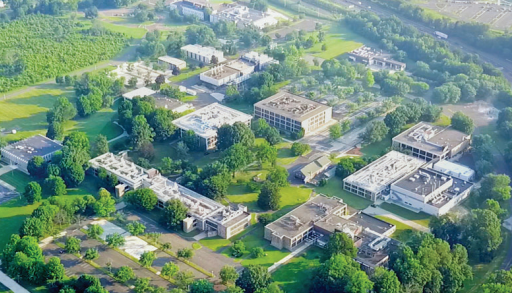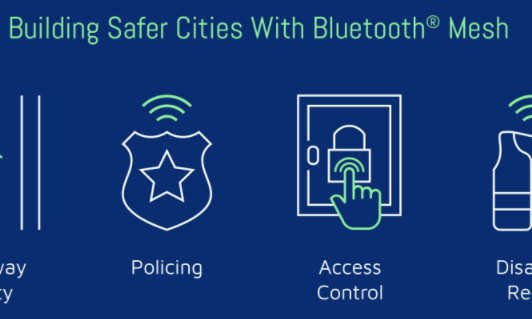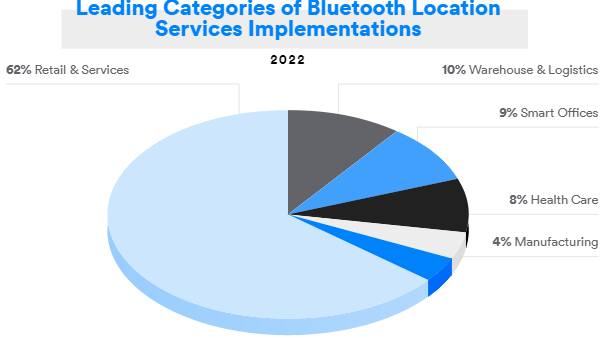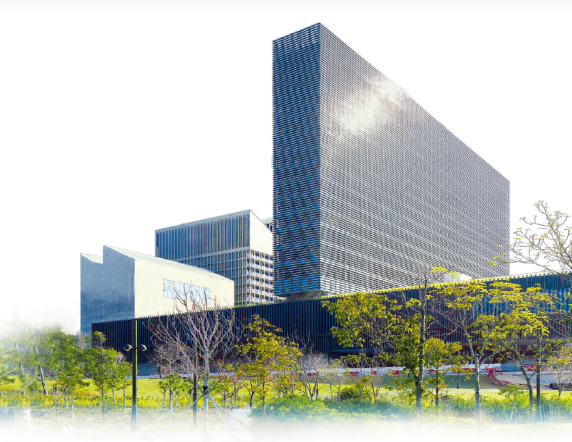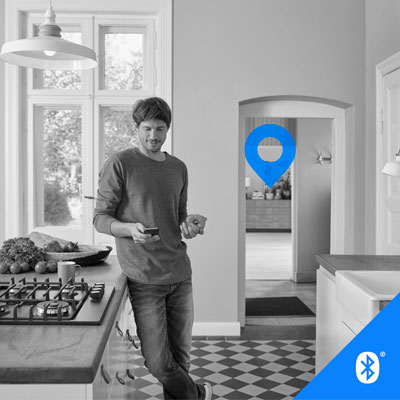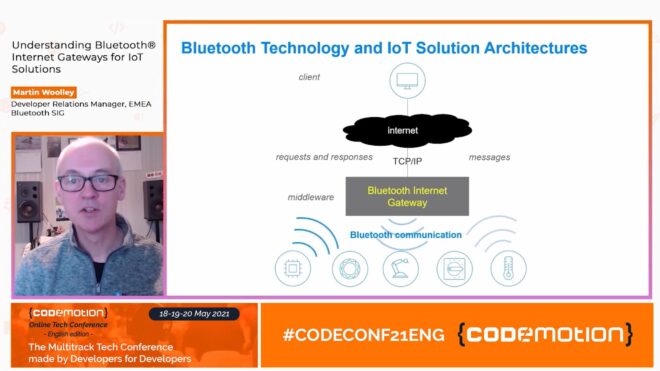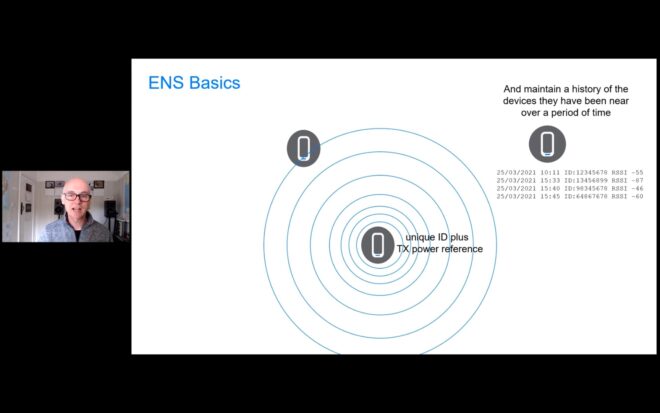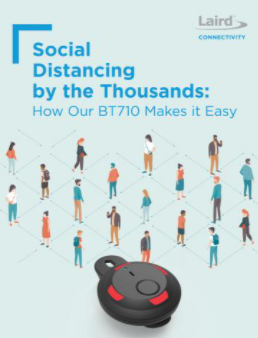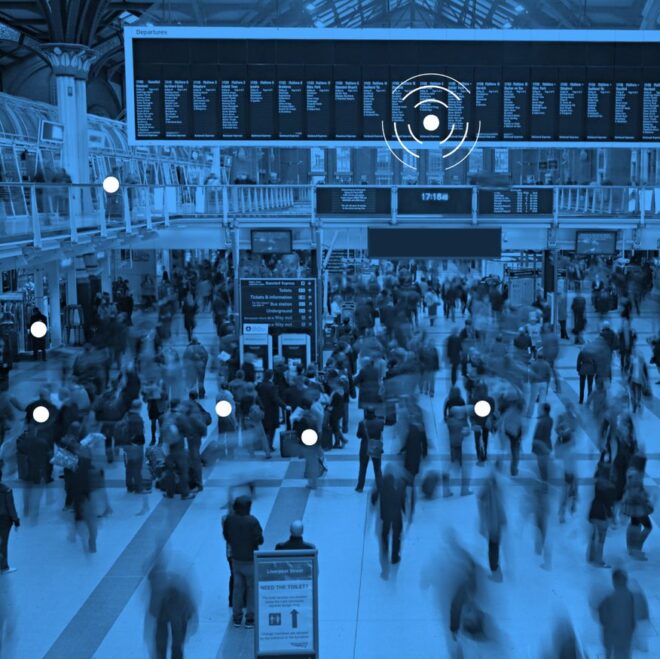As a society, we are endlessly intrigued by the future of technology. For decades, tv shows and movies ranging from the Jetsons to Minority Report have helped our imaginations fathom technology-entrenched worlds that would give us conveniences, new opportunities, and challenges. Today, smart cities are no longer out of reach, but what will drive their implementation.
On Saturday, the Bluetooth SIG’s Senior Director of Business Strategy and Planning Chuck Sabin moderated a panel of experts at the annual SXSW Interactive Festival. Sabin was joined by Emmanuel Azih, the founder & CEO of BeaconGrid, Julie Huls, Interim CEO for the DoSeum and former CEO of the Austin Technology Council, and Jason Dusterhoft, Assistant Chief of the Austin Police Department, to discuss “Beacons and the Smart Cities of Tomorrow.“
While definitions vary for “smart cities,” most countries agree the term describes an urban community using technology to enhance and improve life for citizens. Cities like Tel Aviv, Israel; Yinchuan, China; and Brisbane, Australia have all recently been recognized for their adoption of city-wide technology.
In 2014, Tel Aviv was awarded the title of “Best Smart City in the World” at the Smart City Expo World Congress. The city’s civic engagement DigiTel project focused on smart connections with city residents. The goal? Improve the quality of life of Tel Aviv residents by listening to their needs. Residents are encouraged to proactively engage with the Municipality, explore local events and activities, report hazards, and follow up on their handling.
In Yinchuan, China, a city-wide smart pilot project focuses on enhancing industrialization, informatization, and urbanization. According to NextShark, the city now uses facial recognition technology in transport buses, holograms at the City Hall, and solar-powered waste bins.
Nodding to these examples, panelists discussed how Bluetooth beacon technology can help improve municipalities locally, nationally, and globally. The panelists shared how emergency response time for first responders can be greatly improved, by using technology to locate a patient in a specific room.
“If you live in a fourth-floor building, it’s hard for applications to know what floor you’re on,” Azih explained. “From a public safety standpoint, knowing where you are drives a lot of action.”
The experts cited practical examples ranging from apartment buildings to hospitals– where technology can help doctors localize patients and machines in real time.
So why aren’t these capabilities already utilized? Technology adoption can be slow, the panelists explained, as the needs of an industry don’t always match the capacity. Also, education is key– for businesses, the government, and taxpayers.
“As citizens we have an important responsibility to push our policy makers along,” Huls said. “We have responsibility that people understand the benefits that go along with technology. Most people are using [tech] for entertainment, and not as a civic engagement tool … Challenge our elected officials. Business has to lead. This is where public/private partnerships come in.”
Dusterhoft also quelled concerns that technology could be used as a “Big Brother” tool against citizens.
“With good intent, and enough safeguard, you can limit a lot of [security] concerns,” Dusterhoft said. “There’s a lot of improvement we can make through beacon technology.”
Developers and small businesses interested in learning more about Bluetooth beacons and how they can help impact our cities are encouraged to explore our Smart Beacon Starter Kit.






